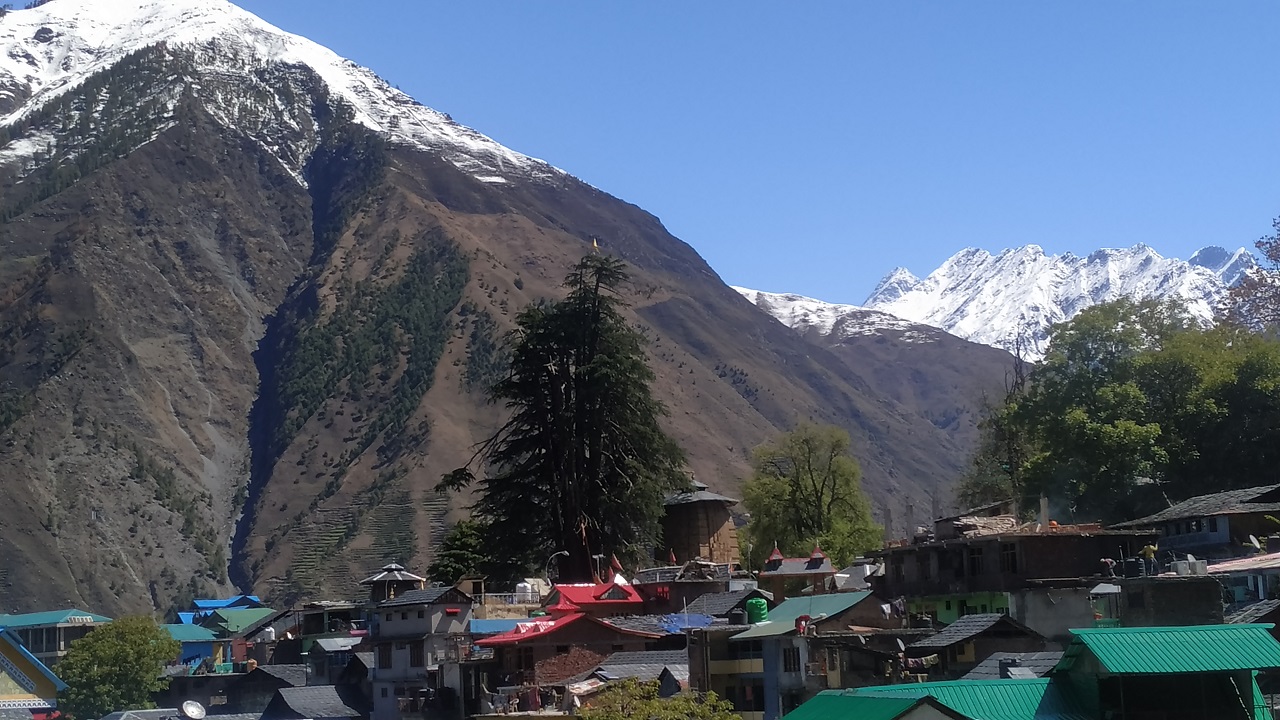The history of Bharmour is rich with legends and cultural significance. Here’s a summary based on the information provided:
- Emperor Meru Varman’s Settlement:
- Emperor Meru Varman, part of the ruling family of Ayodhya, was the first to settle in Bharmour.
- He gained access to the upper mountainous region through the Ravi valley.
- In the middle of the 6th century, Meru Varman won many battles against the Ranas and founded the town of Brahmpura, making it the capital of a new state.
- Legend of the Name Brahmpura:
- According to one legend, the name Brahmpura had an earlier association with the more ancient kingdom of Bharmour in the territories of Garhwal and Kamaun.
- Meru Varman gave the same name, Brahmpura, to the state he founded, with Bharmour as its capital.
- Alternative Local Legend:
- Another local legend suggests that Brahmpura predates Meru’s time and was originally the garden of the goddess Brahmani.
- Brahmani Devi had a son who loved his pet chakor (birds). When the chakor was killed by a peasant, the son was so shocked that Brahmani Devi sacrificed herself by burying alive.
- The haunting spirits of Brahmani Devi and her son led the people to raise Brahmani Devi to the status of a deity and build a temple in her honor.
- The place was then named Brahmpura after the goddess Brahmani.
These legends add layers to the history of Bharmour, blending tales of rulers like Meru Varman with the divine stories of goddess Brahmani. The cultural and religious significance of the region is reflected in the legends associated with its founding and the naming of its capital.




